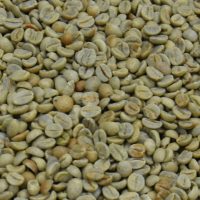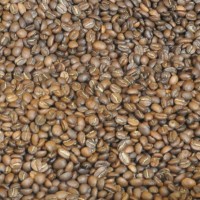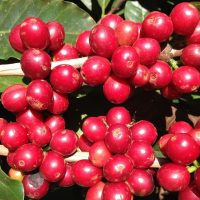 Welcome to the fourth instalment of my Coffee at Home sub-series looking at the coffee itself. In Part I, I looked at the concepts of direct trade and explained why knowing where your coffee comes from is important. Part II, meanwhile, was all about blends, the art of combining different coffees in order to create a specific taste profile, which neatly leads us Parts III and IV, which are all about why coffee tastes the way it does.
Welcome to the fourth instalment of my Coffee at Home sub-series looking at the coffee itself. In Part I, I looked at the concepts of direct trade and explained why knowing where your coffee comes from is important. Part II, meanwhile, was all about blends, the art of combining different coffees in order to create a specific taste profile, which neatly leads us Parts III and IV, which are all about why coffee tastes the way it does.
In previous instalment (Part III), I introduced the idea that pretty much everything has an impact on how your coffee tastes, all the way from the farm to the roaster. I also nailed a common misconception that coffee from a certain country/region tastes in a particular way. Finally, I provided some (hopefully) useful advice on tasting notes and how to read the information on coffee packaging.
In this, Part IV, I’m looking at what, for me at least, are the two biggest factors determining a coffee’s flavours. The first, which takes place at origin, is processing, while the other is the final step before the coffee gets to you/the coffee shop, namely roasting. Hopefully, I’ll be able to unpack some of the mystery!


